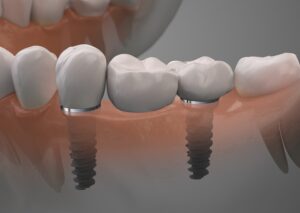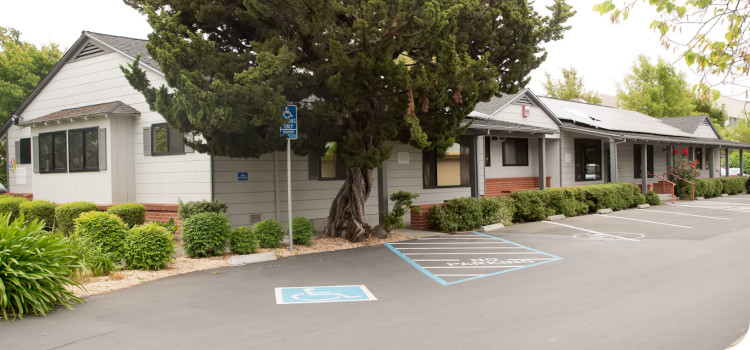 These days, people have a several different options for rebuilding their smiles after they’ve experienced tooth loss. In most cases, the choice mainly comes down to how many teeth you’ve lost, which can determine whether you need a dental bridge, partial denture, or complete denture to replace them. However, for many patients, there’s another, more profound choice – whether to support their custom restoration on an appropriate number of dental implant posts. A dental implant-supported restoration is a dental crown, bridge, or denture that’s supported on one or more root-like posts. Though seemingly small, this key difference equates to multiple, significant advantages for your immediate and long-term oral health.
These days, people have a several different options for rebuilding their smiles after they’ve experienced tooth loss. In most cases, the choice mainly comes down to how many teeth you’ve lost, which can determine whether you need a dental bridge, partial denture, or complete denture to replace them. However, for many patients, there’s another, more profound choice – whether to support their custom restoration on an appropriate number of dental implant posts. A dental implant-supported restoration is a dental crown, bridge, or denture that’s supported on one or more root-like posts. Though seemingly small, this key difference equates to multiple, significant advantages for your immediate and long-term oral health.
The more lifelike replication of natural teeth
Your healthy, natural teeth consist of both a visible crown and a less visible, anchoring root that rests within your jawbone. When restoring your smile, optimal results rely on mimicking this natural structure as closely as possible. For the most part, this means designing your replacement teeth to closely match the size, shape, contours, and appearance of your healthy, natural teeth. However, when replacing lost teeth, it also means replicating the root that supports the entire structure as you bite and chew. While traditional restorations are unable to do this, dental implant posts are designed specifically to replace the roots of lost teeth, as well as their vital functions.
The enhancement of your restoration’s stability
The most immediate function of your teeth roots is to support your teeth under the pressures of biting and chewing. Your bite can exert an immense amount of pressure, and a traditional dental restoration doesn’t enjoy the same stability as your teeth and their roots. One of the more significant differences that dental implants provide is the ability to mimic the way natural teeth roots stabilize your healthy teeth, enabling you to enjoy greater biting and chewing power. This also leads to a higher quality restoration that allows you to comfortably eat a wider variety of foods.
The preservation of your smile and oral structures
The roots that support your teeth are most notable for stabilizing your bite, but they serve several additional functions for oral health, as well. For example, whenever you bite and chew, the pressure of the action causes your teeth roots to stimulate your jawbone. The extent of this stimulation tells your body how many minerals and nutrients your jawbone needs to successfully support itself and your teeth. Losing teeth roots causes this stimulation to diminish, and only dental implants can reestablish it in order to better preserve your smile and oral structures.
Learn about the difference dental implants make
Dental implants differ from traditional restorations in one key aspect – they provide your replacement teeth with highly lifelike prosthetic roots. To learn more, or to schedule a consultation, call Santa Rosa Oral Surgery in Santa Rosa, CA, today at 707-545-4625.

